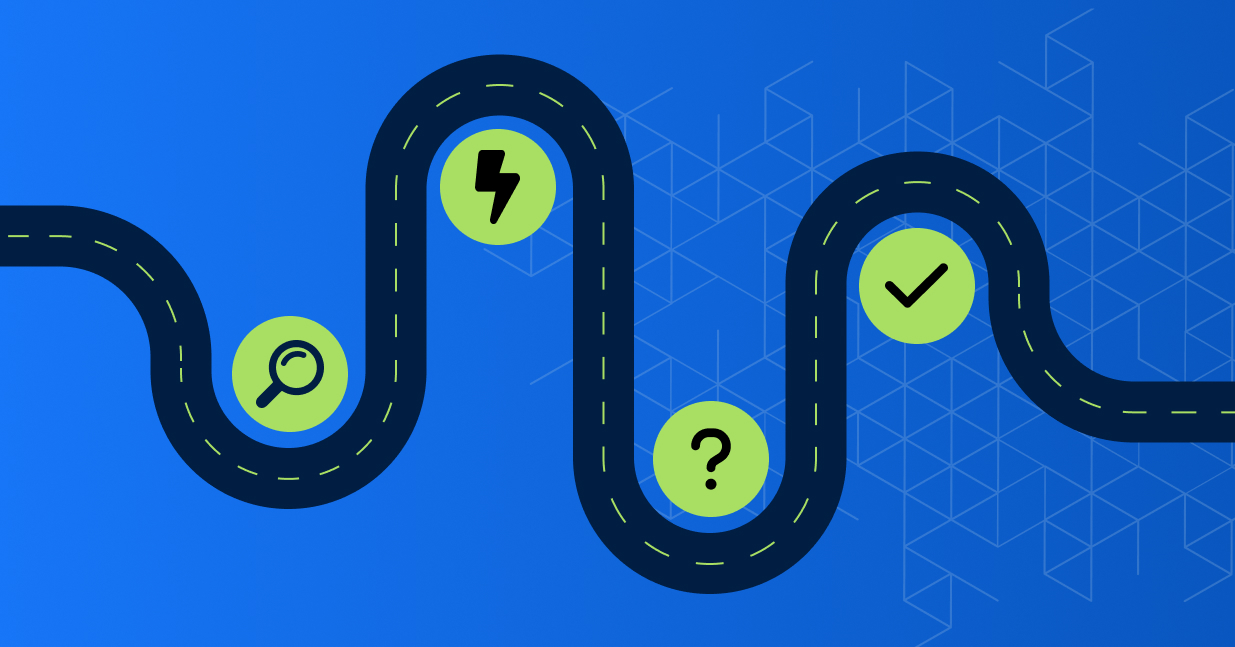Leading Studies Show THIS Is How You Close The Deal
A few years ago, I closed a multimillion-dollar software deal with a Fortune 500 company. After closing, I conducted a win/loss review and asked the client why they bought from me. I expected to hear about our product, our service, or our team. To my surprise, the point person indicated that it was their experience with our sales process that made the difference.
“Everything you sent us—from the video, brochure, and sales presentation to the proposal—was perfect. We couldn’t find a single typo. The quality, design, and responsiveness were head and shoulders above your competitors, and it showed how much you cared about us. That experience is what gave us an idea of what it was going to be like to work with you.”
In short: It was the buyer experience I created that won the deal.
The New Deal Breaker: Your Digital Buying Experience
While this explanation came as a surprise just a few short years ago, things have since changed dramatically. Today’s sales teams are increasingly waking up to the new reality—that the digital buying experience you deliver is a major differentiator when it comes to closing deals.
Recent data we’ve collected at Talewind bears out this point. After surveying hundreds of large enterprise sales leaders, we found that 94% believe that creating a personalized and interactive digital experience for their buyers was crucial to deal success.
That belief makes sense if you’re familiar with the current sales landscape.
Consider these insights on today’s buyers offered by Gartner and McKinsey:
- Between 70% and 80% of decision makers prefer remote human interactions or digital self-service when considering or making a purchase.
- Twenty-two percent would rather identify, learn about, and evaluate a supplier without ANY sales intervention.
- While 75% of B2B buyers prefer a “rep-free experience,” they are also more likely to regret their purchase in this situation as well.
These stats indicate that most modern B2B buyers no longer see the value in having face-to-face conversations with sales teams. They think they can get everything they need on their own—or at least that's what they want to try and do before having a meeting with someone.
Yet, as that last statistic would seem to indicate, these “solo” buying experiences aren’t fulfilling buyers’ needs. By skipping the face-to-face meetings—or dramatically reducing the conversations taking place around sales—buyers are making ill-informed decisions. They’re missing out on sales professionals’ insightful (and hopefully objective) analysis of their needs and problems, and assessment of whether the product is a good match. They also might overlook important differentiating factors between you and the competition.
Instead, they’re looking at content online, making general assumptions about the product, and independently assessing whether there's a match. For the 75% of buyers who prefer a “rep-free experience,” this approach doesn’t always work out.
The big question, then, is this: If buyers now prefer to avoid face-to-face conversations, how can we accomplish the same objectives in a digital-only environment?
4 Key Elements Of A Winning Sales Experience
The results of the above-mentioned Gartner survey led its researchers to suggest that sales teams will need to integrate digital and human-led channels to “deepen customers’ understanding of their own needs.”
That’s why, going forward, the very best sales experiences will take a combined digital + human approach that’s as informative as it is compelling.
To be successful, this approach will need to encompass four things:
1. Provide a stunning, personalized experience.
Going back to the opening story, this customer said YES to the deal because they perceived the buyer experience to be, in short, stunning. That led them to believe the future customer experience would offer more of the same.
In their summation, they specifically called out quality, design, and attention to detail.
How did we pull this off? Essentially, we created a visually attractive online sales space—which I call a “digital showroom”—tailored just for them. In contrast with our general company website, this space included ONLY content that was most relevant to that particular buyer and this particular deal, such as:
- Proposals
- Sales decks
- Testimonials
- Product/service videos
- Case studies
- Contracts
- Buyer analytics
- Email threads about the deal
- And more!
A recent study focused on sales decks found that average reading time increased by 41% when the content was personalized; personalized decks were also shared internally 2.3x more often. |

And the portal looked stunning as well. The whole package had a “wow” factor that made us stand out.
2. Demonstrate responsiveness with timely proposal and sales content delivery.
According to a 2022 survey with sales leaders from 400 companies, salespeople spend 15 hours per week drafting sales content. In fact, the typical wait time for a proposal alone is about a week or more.
With Talewind, you can put an entire online portal together in less than a day—and a proposal or contract together in minutes! (Keep reading to find out more about that!)
Trust me when I say prospects will be pleasantly surprised to receive your proposal—and any other accompanying sales material—quickly.
When you’re the first to deliver, you’re giving people more time to review your documentation; you’re also setting the bar high for competitors. Being highly responsive is an excellent way to make a good first impression.
3. Simplify the evaluation process.
Recall that 75% of B2B buyers prefer a “rep-free experience.” You can give these buyers exactly what they want with an easy-to-use, personalized online sales portal.
The online portal you create for each deal should include all the information the buyer needs (see point #1). As a result, they’ll never have to rummage through their email in-box to find the answers to their questions. They won’t need to visit your company website to find testimonials. They’ll have all the accurate, current, detailed information about your product right there, at their fingertips.
4. Provide accurate information.
In sales, accuracy refers to two things: 1) getting all the details right, and 2) perfectly addressing the buyer’s needs and problems.
Going back and forth with a sales team to correct errors is not the stuff of an impressive buying experience. Any mistake on the details of a proposal gives the impression that your team may have rushed things, and doesn’t inspire confidence in the final product.
Equally as important is the second aspect. Prospects want salespeople to take the time to understand their goals, but 59% of them say that doesn’t usually happen. You can use your online portal to demonstrate your understanding, which will, in turn, help you stand out from the crowd. Your portal should only include thoughtfully curated content that is specific to THIS buyer—not generic boilerplate documents or descriptions that could apply to anyone (and will therefore be unhelpful).
The bottom line…
Buyers are increasingly looking to the digital buying experience when comparing you to competitors, and the experience you deliver must serve to distinguish you from everything else.
Create Your First Digital Sales Room With Talewind
Interested in creating an online sales portal for your next sales prospect? If so, I encourage you to take a look at Talewind.
Talewind is a revolutionary sales automation platform that could transform the way your team approaches the sales process for the better. Use it to:
- Quickly create stunning digital sales rooms. Talewind makes it possible to effortlessly provide a seamless digital buying experience for every prospect, allowing you to bring all relevant proposals, decks, contracts, videos, and buyer analytics into a single, co-branded environment for individual buyers.
- Generate proposals and contracts in a fraction of the time it takes now. Our trademark automation process transforms your existing sales proposals, pitch decks, and contracts into dynamic documents, and empowers your sales team to generate them instantaneously for every deal.
- Manage the proposal and contractual processes seamlessly. Easily add approval workflows, annotation, e-signature, and even invoices to any document created by the Talewind Proposal Generator, turning the Talewind platform into a complete revenue operations stream that takes prospects from initial pitch all the way through to close.

It’s a one-stop sales technology focused on personalizing, automating, and improving the experience your buyers have when evaluating your proposed solution.
Another bonus of the Talewind platform: You can finally learn who your buyers are.
This is one of the biggest information gaps sales teams currently face. Gartner reports that the average B2B buying committee has between 5 and 11 decision makers representing five different business units. Most sellers only meet one or two people during the sales process, and they DON'T EVEN KNOW the identity of the rest of those decision makers! A Talewind digital sales room logs every individual by name and email so your reps can see every single person evaluating the content.
Start closing more deals today. Book a meeting and let’s talk about how we can help streamline your sales proposal process!



